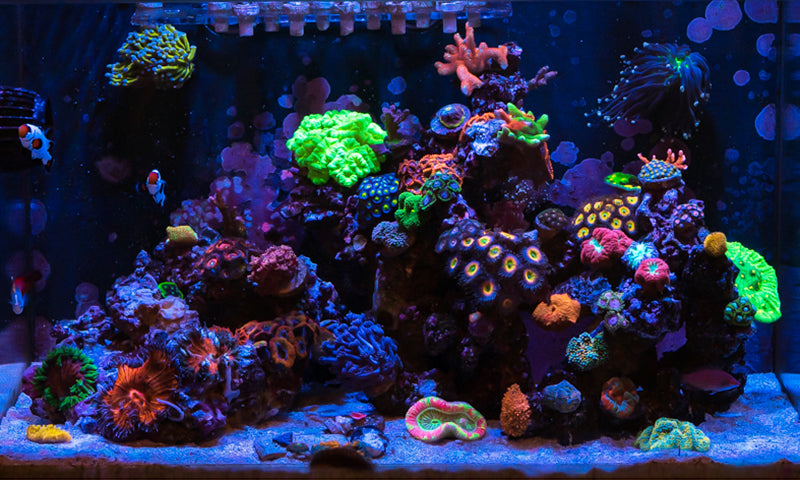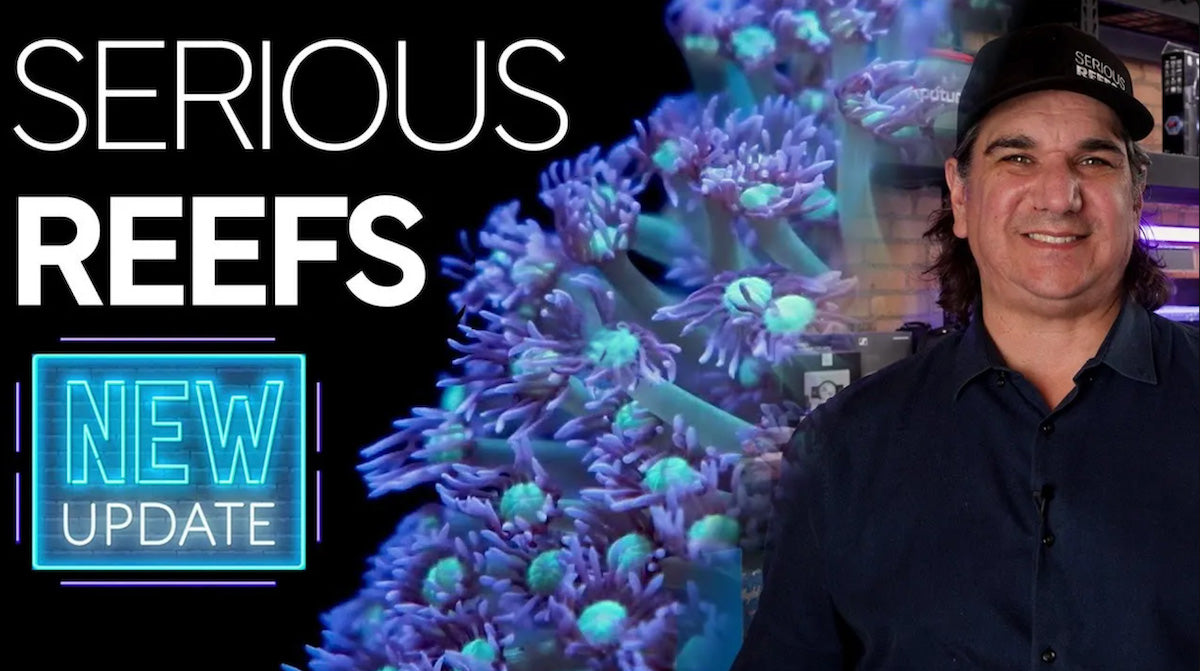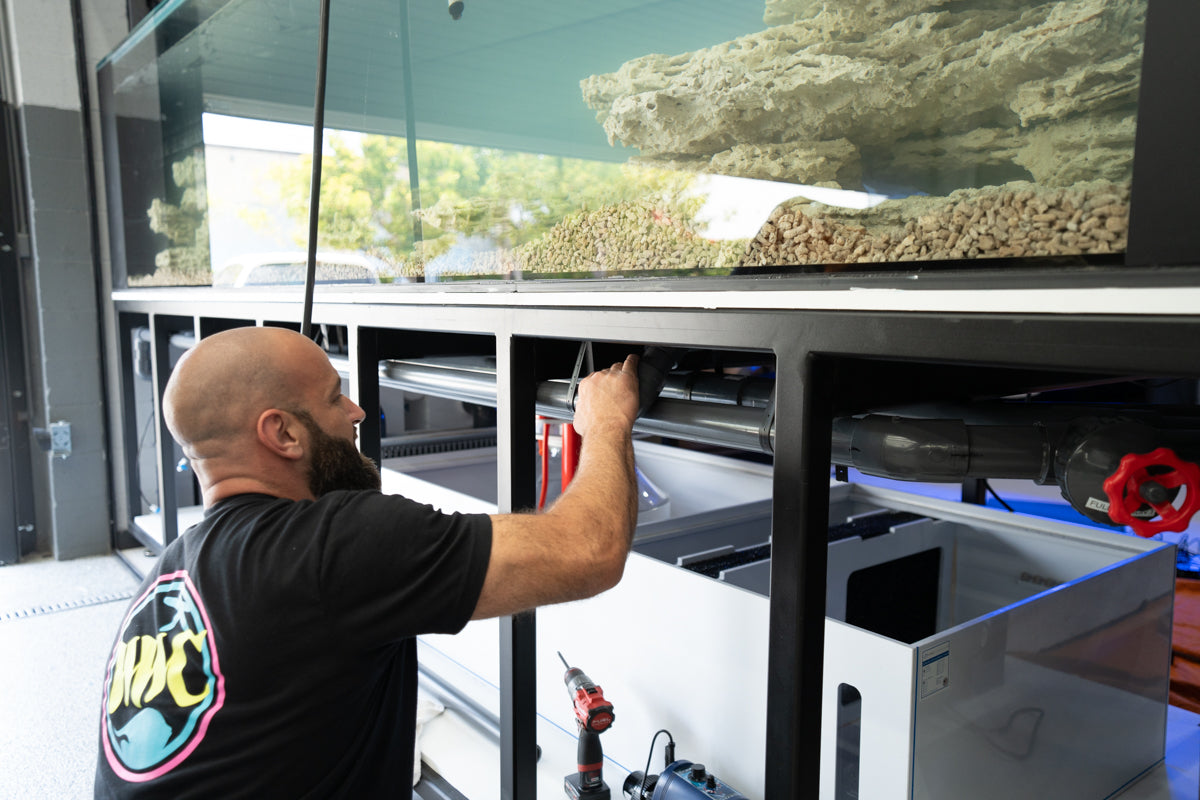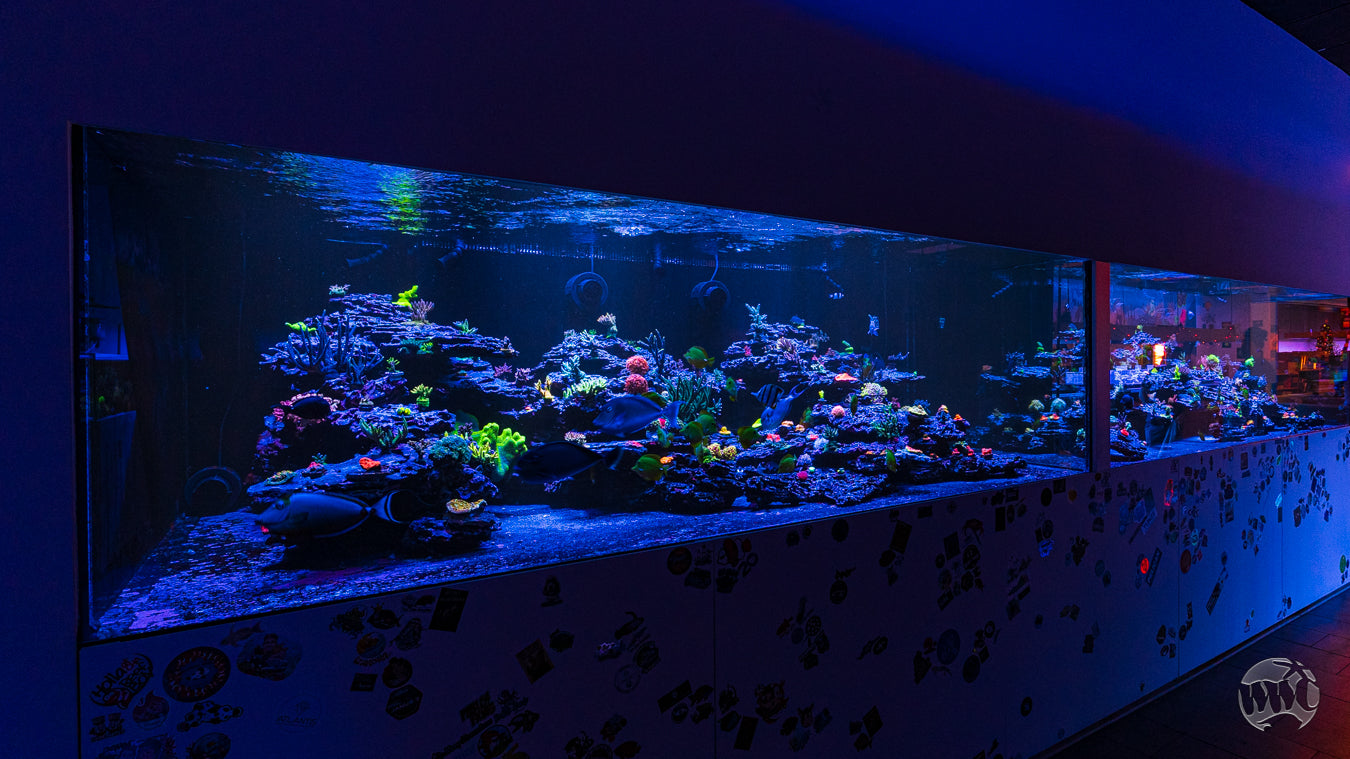
Reef aquariums make great additions to a home, but not all homeowners have the space to keep one. Depending on the limits of your home, the only way you might be able to pursue this new hobby is by making it more compact—i.e. by using a nano reef aquarium instead. However, there’s more to a nano aquarium than it’s reduced size. This is what you should know about nano reef aquariums before you set one up in your home.
Nano Reef Basics
A nano reef aquarium is any type of reef aquarium setup that’s 40 gallons or less in capacity. This means that while the tank itself is smaller, most of its inhabitants will remain the same—corals, marine tank invertebrates, and even some small fish. However, it’s important to mention that nano tank owners are severely limited to what species of creatures they can keep. Any types of fish that will quickly outgrow the tank are off-limits, and coral fragments planted in the aquarium will need to be smaller as well.
Another thing you should know about nano reef aquariums is that they can be a little bit trickier to manage than a larger tank. This is primarily due to their size and their ability to maintain a chemical equilibrium in the water. The smaller your tank is, the easier it is for minor chemical spikes to occur and affect your entire environment. If you’re going to be setting up one of these aquariums, you must regularly check the water salinity and chemical levels in the tank.
Starting a Nano Reef Aquarium
If you’re getting ready to start your own nano reef tank at home, you have to remember a few important things. For starters, because the tank is so small, you’ll want to facilitate bacteria growth as soon as possible. This is why it’s recommended that you use live rock or live sand that already contains bacteria in the construction of your aquarium. To reiterate, you should check the chemical levels of the tank daily so that you can respond appropriately if there’s a spike. Also, make sure to perform small water changes to maintain good water quality and stabilize the environment. Only then can you begin adding your fish and enjoying your new hobby.




